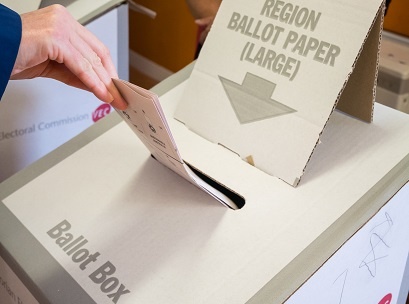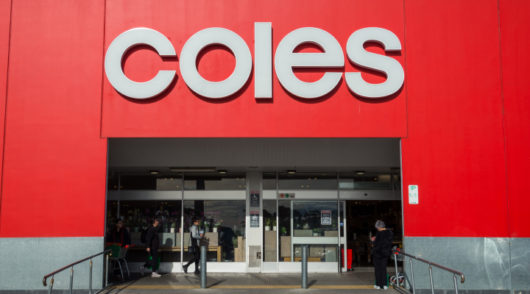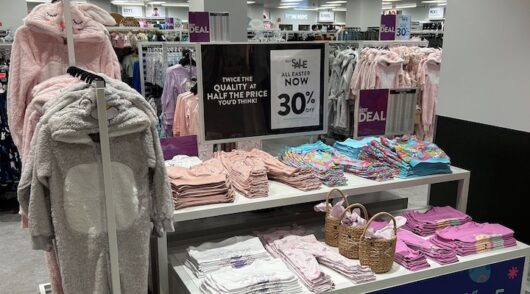
Last week, Inside Retail asked its readers which policies being debated ahead of the Federal Election would have the biggest impact on the retail sector, in an effort to better understand what retailers need and want from political parties.
The outcome is clear: over half of survey respondents stated that increasing consumer spending through wage growth or income tax cuts was the most important factor they are looking at, and around a third are watching the discussion on penalty rates.
“There is a lot of anxiety around [these topics], particularly in the SME sector,” Russell Zimmerman, executive director of the Australian Retailers’ Association, told Inside Retail.
Over the past five years, wage growth has remained fairly constant while productivity per hour has risen, leading to more work for the same pay.
According to research firm IBISWorld, low wage growth can lead to serious economic issues, including lower household expenditure, greater household debt, and poor consumer confidence – all factors that negatively affect the retail sector.
The major parties have put forward different policies to deal with this issue, with the Labor Party intending to increase wages through legislation around a ‘living wage’, while the Liberal Party aims to foster economic growth, which it posits will lead to greater employment opportunities. One of the ways it plans to do this is by cutting the business tax rate for businesses that turn over less than $50 million.
Approximately 30 per cent of Inside Retail readers are also watching the debate around penalty rates, given Labor’s promise that it will overturn the Fair Work Commission’s 2016 decision to cut penalty rates.
Penalty rates seem to be a double-edged sword for retailers – on the one hand it fosters spending, in that customers who earn more tend to spend more, though it can also increase the cost of personnel. IBISWorld argues that increasing penalty rates could threaten the viability of small businesses that are unable to accommodate an increased labour cost.
[yop_poll id=27]
“This is of concern to retailers because I’m not sure [SMEs] can substantiate major increases in the cost of their wage bill,” Zimmerman said.
“Every retailer in Australia, whether you’re a big retailer like a Woolworths or Coles or a mum-and-dad operation, has a wages budget to work within. If you’re faced with a position where that budget may get completely blown out… I’m not sure retail can really stand those kinds of costs at the moment.”
Zimmerman points to the increasing number of retailers that have fallen on financial difficulties over the last few years, many of which have closed entirely, noting that the Australian retailer sector is one of the highest paid in the world.
“We’re looking at a big push to have [wages] higher again? I just don’t think the industry can afford it,” Zimmerman said.
The Australian retail sector employs approximately 1.3 million Australians, or roughly 10 per cent of the working population in the country – something that Zimmerman believes has been lost on politicians, who prefer to focus on industries with larger annual turnover, such as mining.
Zimmerman suggests that whichever party enters Government should appoint a Minister for Services – someone to look over the retail, hospitality, and travel sectors, and represent them in Government, while also giving members of those industries someone specific to take their grievances to.
“Retailers want a very clear direction, they want to get on with the job, and they want a Government that’s proactive for business,” he said.
Access exclusive analysis, locked news and reports with Inside Retail Weekly. Subscribe today and get our premium print publication delivered to your door every week.





